10 Best Herbal Essential Oils For Fungal Skin Infection
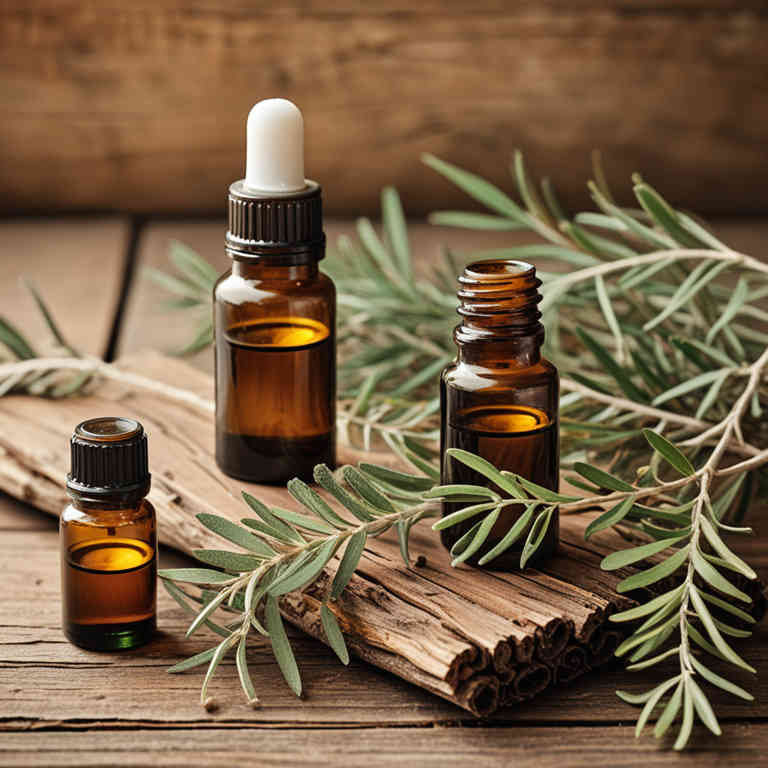
Herbal essential oils, such as tea tree oil, lavender oil, and oregano oil, have been widely studied for their antimicrobial properties, making them a natural alternative for treating fungal skin infections.
These oils contain bioactive compounds like terpenes and phenols that can inhibit the growth of fungi by disrupting their cell membranes and metabolic processes. When applied topically, they can help reduce symptoms such as itching, redness, and scaling associated with conditions like athlete's foot and ringworm. However, it is important to dilute these oils properly with a carrier oil to avoid skin irritation and ensure safe usage.
While they may offer relief, they should not replace prescribed antifungal treatments without consulting a healthcare professional.
FREE Herb Drying Checklist
How to make sure every batch retains maximum flavor, color, and aroma without the risk of mold or over-drying. Eliminate guesswork and trial-and-error, making herb drying faster, easier, and more efficient every time.
Table of Contents
1. Melaleuca alternifolia
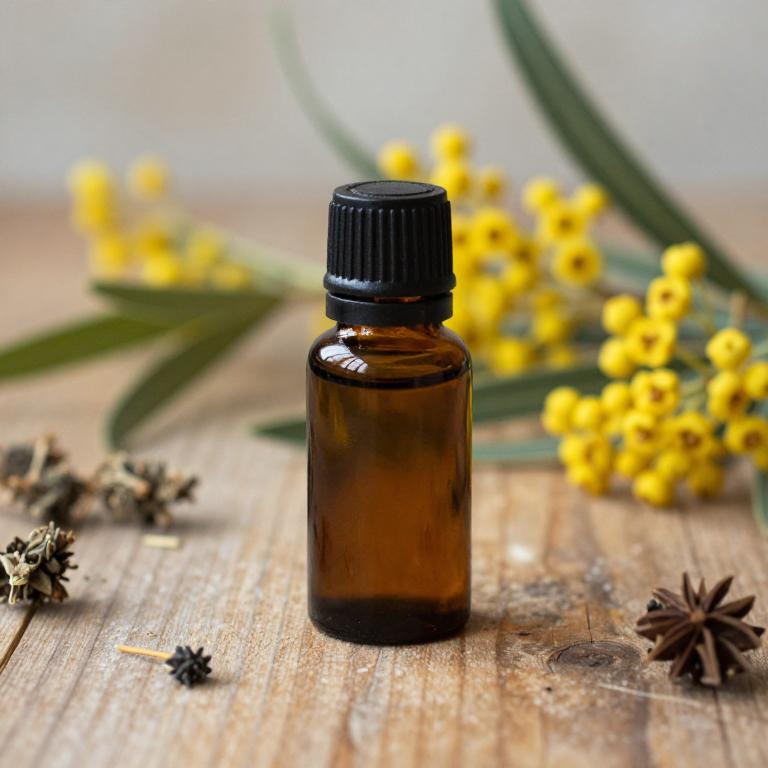
Melaleuca alternifolia, commonly known as tea tree oil, is a popular essential oil derived from the leaves of the Melaleuca alternifolia plant, native to Australia.
It is widely recognized for its antimicrobial properties, making it a valuable natural remedy for fungal skin infections such as athlete's foot and ringworm. The oil contains potent compounds like terpinen-4-ol, which exhibit antifungal activity by disrupting the cell membranes of fungi. Due to its effectiveness and mild nature, tea tree oil is often used in topical formulations to alleviate symptoms and promote healing.
However, it should be diluted before application to avoid skin irritation and is best used as part of a comprehensive treatment plan under medical guidance.
2. Lavandula angustifolia
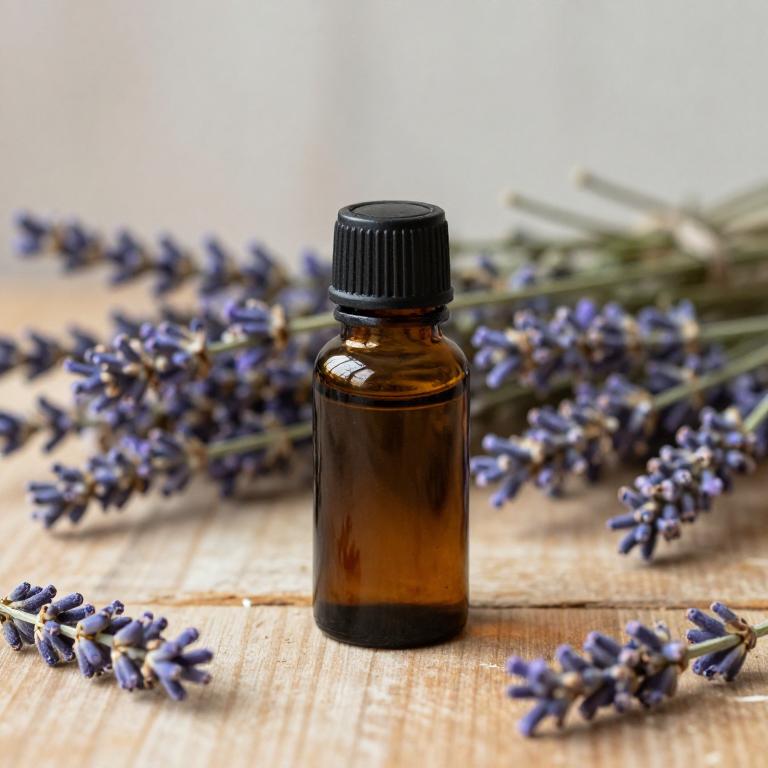
Lavandula angustifolia, commonly known as English lavender, is widely recognized for its therapeutic properties, including its potential in treating fungal skin infections.
The essential oil derived from this plant contains bioactive compounds such as linalool and linalyl acetate, which exhibit antifungal activity by disrupting the fungal cell membrane. Studies have shown that lavender essential oil can inhibit the growth of various dermatophytes, including Trichophyton and Candida species, making it a promising natural alternative to conventional antifungal treatments. When applied topically, the oil can help reduce symptoms such as itching, redness, and inflammation associated with fungal infections.
However, it is important to dilute the essential oil properly before use and consult a healthcare professional for severe or persistent infections.
3. Eucalyptus globulus
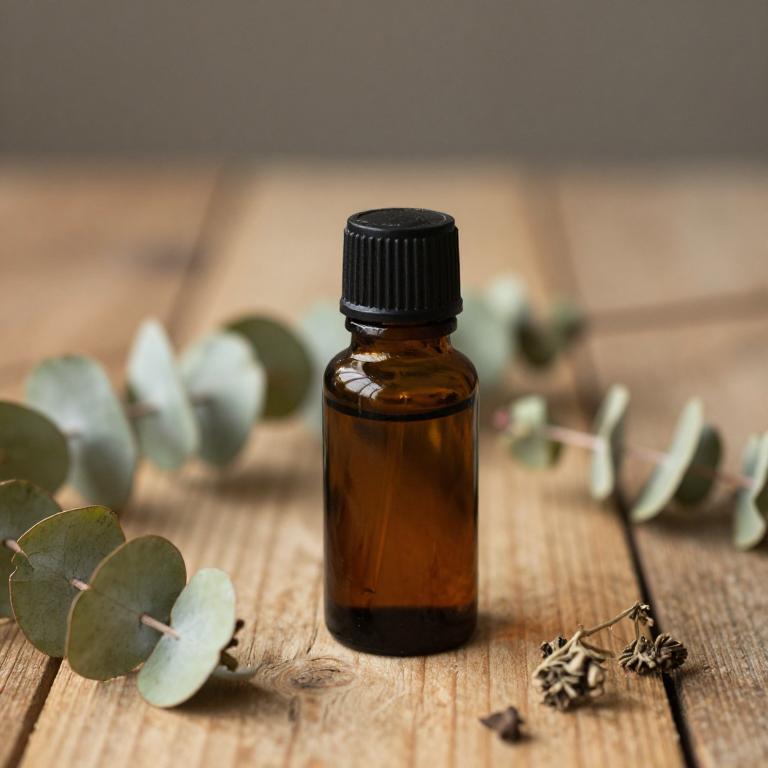
Eucalyptus globulus, commonly known as Australian eucalyptus, is a widely used plant in aromatherapy and natural medicine due to its potent antifungal properties.
The essential oil extracted from its leaves contains compounds like eucalyptol and cineole, which have been shown to inhibit the growth of various fungal species, including Candida and dermatophytes. Studies suggest that eucalyptus globulus essential oil can be effective in treating fungal skin infections such as athlete's foot and ringworm when applied topically. However, it should be diluted with a carrier oil to avoid skin irritation and is best used as a complementary therapy under the guidance of a healthcare professional.
Its refreshing aroma also provides a soothing effect, making it a popular choice in holistic approaches to skin care.
4. Thymus vulgaris

Thymus vulgaris, commonly known as thyme, is a herb widely recognized for its potent antimicrobial properties, making its essential oil a promising natural remedy for fungal skin infections.
The essential oil contains active compounds such as thymol and carvacrol, which exhibit strong antifungal activity by disrupting the cell membrane of fungi, thereby inhibiting their growth. Clinical studies and traditional use suggest that thyme essential oil can effectively treat conditions like athlete's foot, ringworm, and yeast infections when applied topically. However, it is important to dilute the oil with a carrier oil to prevent skin irritation, as it is quite potent.
Due to its efficacy and natural origin, thymus vulgaris essential oil is increasingly being explored as a complementary therapy in the management of fungal skin infections.
5. Cinnamomum zeylanicum
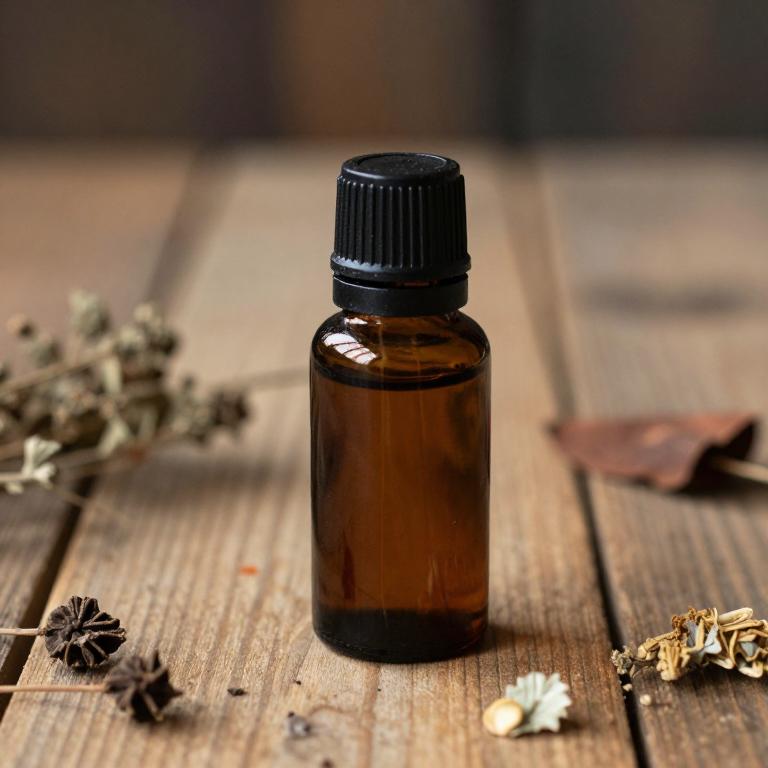
Cinnamomum zeylanicum, commonly known as cinnamon, is a plant whose essential oils have been traditionally used for their antimicrobial and antifungal properties.
The essential oil extracted from its bark contains compounds like cinnamaldehyde and eugenol, which exhibit potent antifungal activity against various dermatophytes and yeast species. Studies have shown that cinnamon essential oil can inhibit the growth of fungi responsible for common skin infections such as athlete's foot and ringworm. Due to its natural origin and broad-spectrum antimicrobial effects, it is increasingly being explored as a complementary therapy in the treatment of fungal skin infections.
However, it is important to use these oils cautiously, as they may cause skin irritation and should be diluted properly before application.
6. Teucrium marum
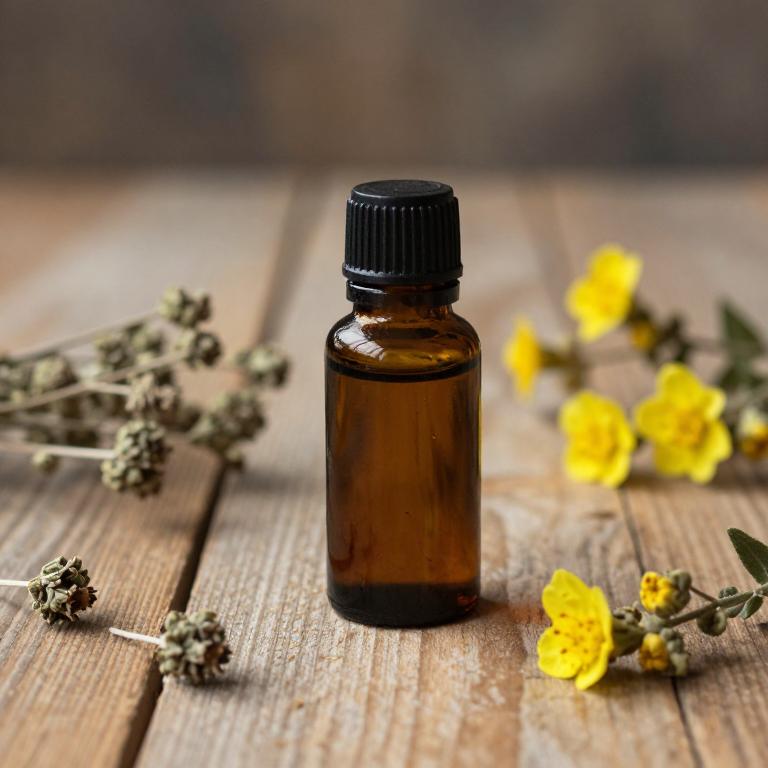
Teucrium marum, commonly known as germander, is a herb that contains essential oils with potential antifungal properties.
These essential oils, derived from the plant's leaves and flowers, contain compounds such as thymol and carvacrol, which are known for their antimicrobial and antifungal activities. Studies suggest that these oils may help inhibit the growth of various fungal species that cause skin infections, such as dermatophytes and Candida. When applied topically, the essential oils of Teucrium marum can reduce inflammation and promote skin healing, making them a promising natural remedy for fungal infections.
However, it is important to use these oils with caution and dilute them properly to avoid skin irritation.
7. Rosmarinus officinalis
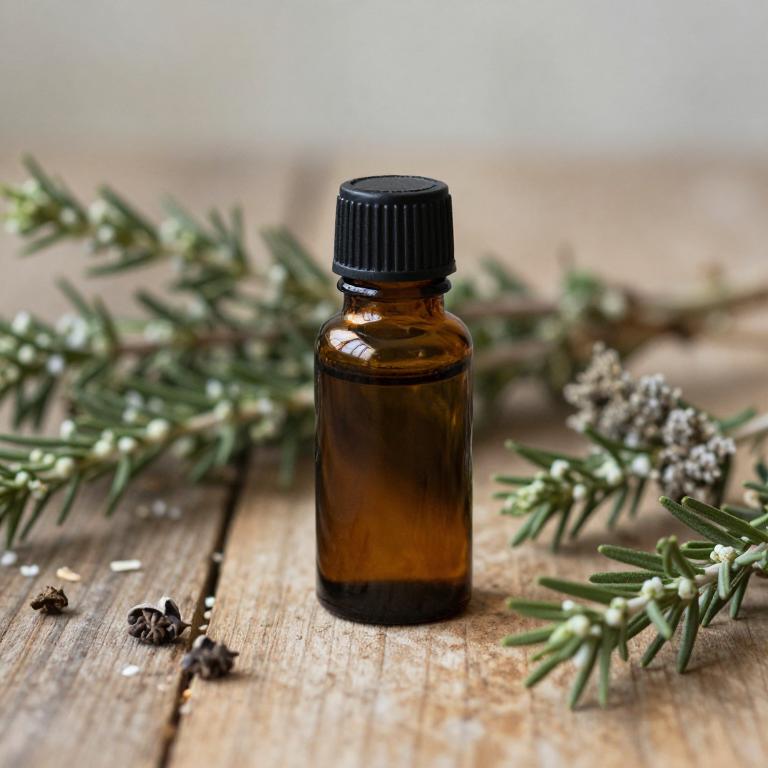
Rosmarinus officinalis, commonly known as rosemary, produces essential oils that have demonstrated antimicrobial properties, making them a potential natural remedy for fungal skin infections.
The primary active compounds in rosemary essential oil, such as cineole and camphor, exhibit antifungal effects by disrupting the cell membrane of fungi, thereby inhibiting their growth. Studies have shown that rosemary oil can be effective against common dermatophytes like Trichophyton and Candida species, which are responsible for conditions such as athlete's foot and ringworm. When applied topically, rosemary essential oil can help reduce inflammation and itching associated with fungal infections.
However, it is important to dilute the oil with a carrier oil to prevent skin irritation and ensure safe use.
8. Cinnamomum verum
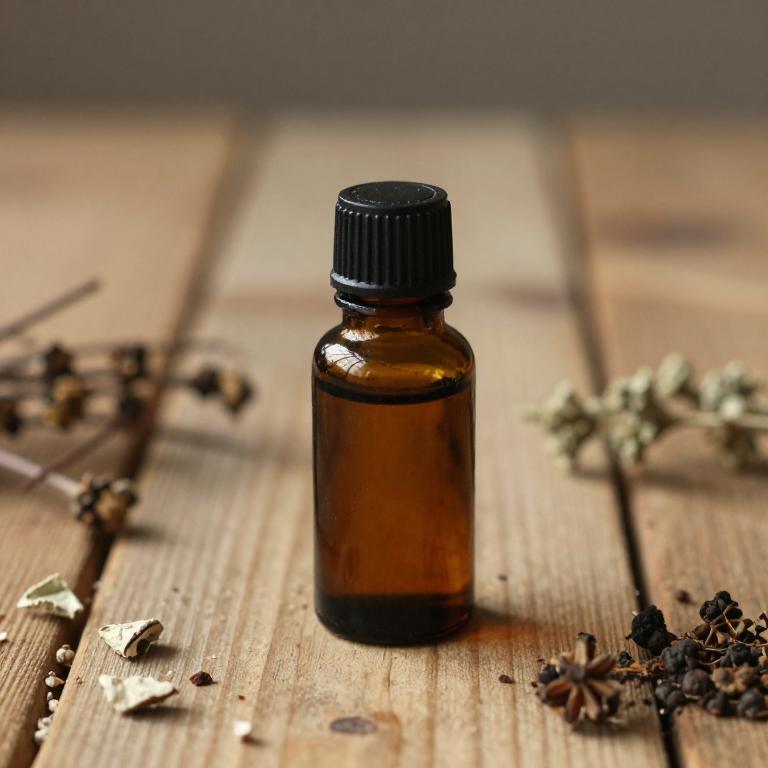
Cinnamomum verum, commonly known as true cinnamon, contains essential oils that have shown potential in the treatment of fungal skin infections due to their antimicrobial and antifungal properties.
The primary active compounds in these oils, such as cinnamaldehyde and eugenol, exhibit strong inhibitory effects against various fungi, including Candida and dermatophytes. When applied topically, cinnamon essential oil can help reduce fungal growth and alleviate symptoms like itching and redness associated with infections. However, it is important to dilute the oil properly before use to avoid skin irritation.
Despite its benefits, further clinical studies are needed to fully establish its efficacy and safety for long-term use in treating fungal skin conditions.
9. Cymbopogon citratus
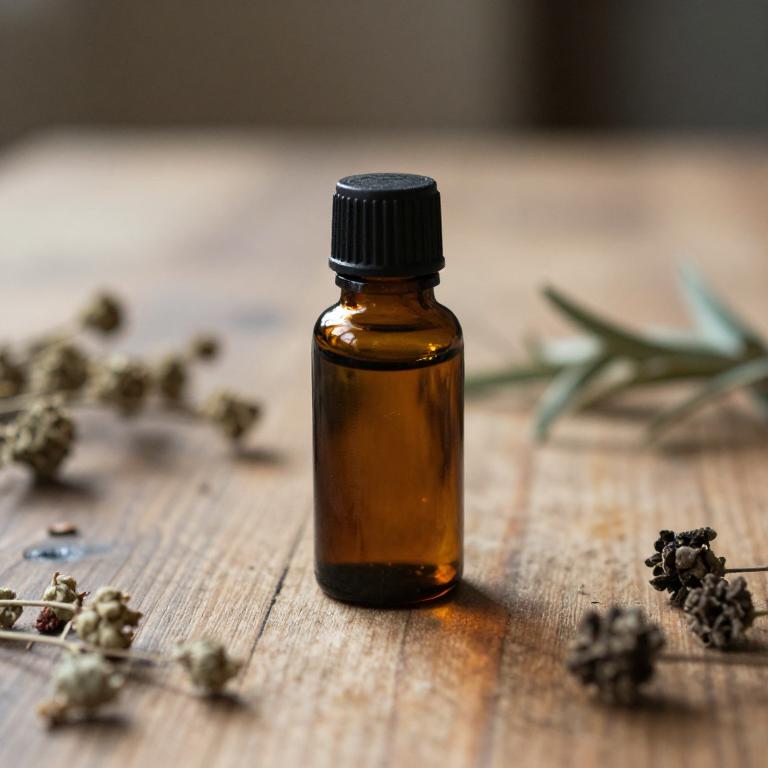
Cymbopogon citratus, commonly known as lemon grass, produces a fragrant essential oil that has been studied for its potential antimicrobial properties.
This essential oil contains compounds such as citral and geraniol, which exhibit antifungal activity against various dermatophytes and Candida species. Research suggests that topical application of lemon grass essential oil may help reduce fungal skin infections by inhibiting the growth of pathogens. However, it is important to dilute the oil properly before use to avoid skin irritation.
While promising, further clinical studies are needed to confirm its efficacy and safety for treating fungal infections in humans.
10. Origanum vulgare
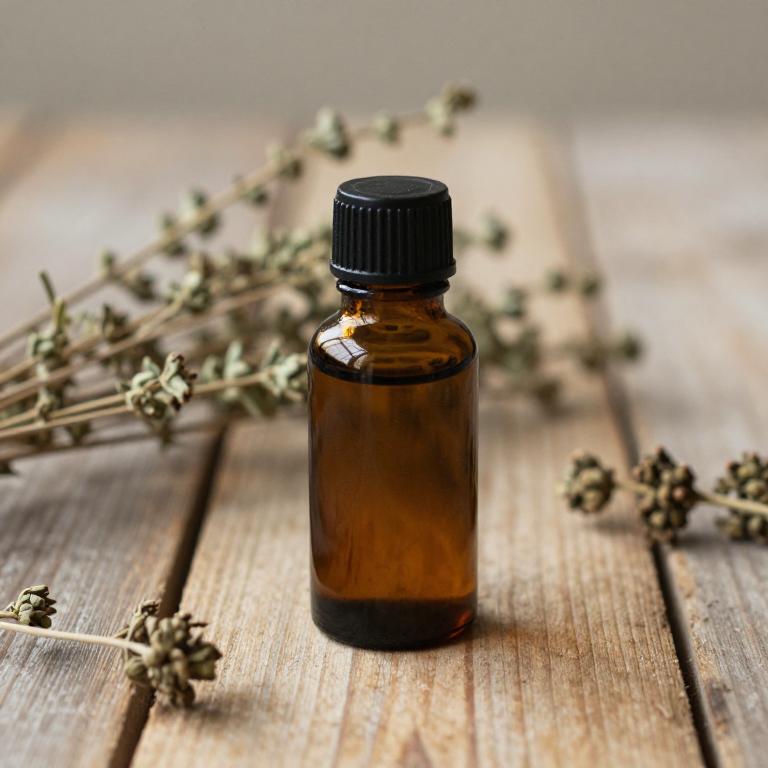
Oreganum vulgare, commonly known as oregano, is a herb widely used in traditional medicine for its antimicrobial properties.
The essential oils extracted from oregano, particularly those rich in carvacrol and thymol, have shown significant efficacy against various fungal skin infections. These compounds work by disrupting the fungal cell membrane, thereby inhibiting the growth of pathogens like Candida and Trichophyton. Studies suggest that oregano essential oil can be a natural alternative or complementary treatment to conventional antifungal medications.
However, it is important to use these oils with caution, as they can be potent and may cause skin irritation if not properly diluted.